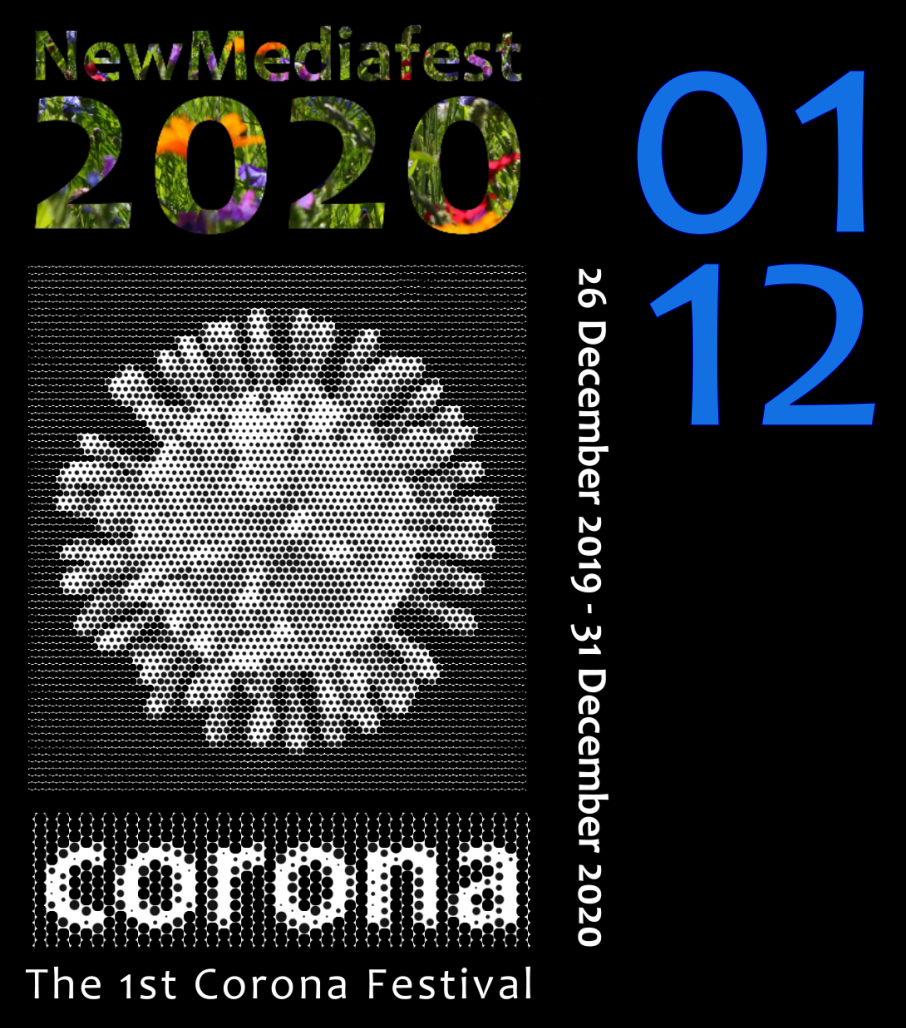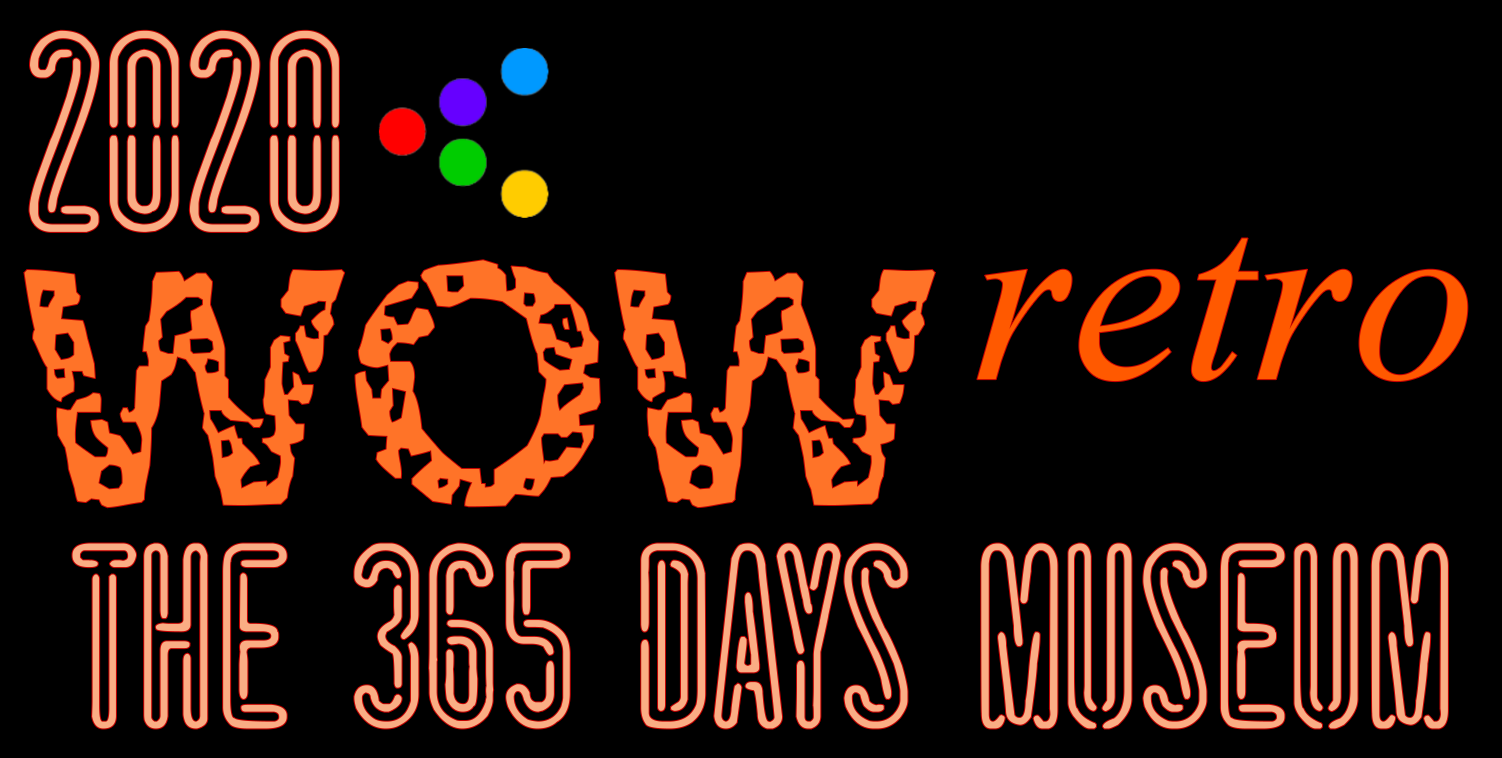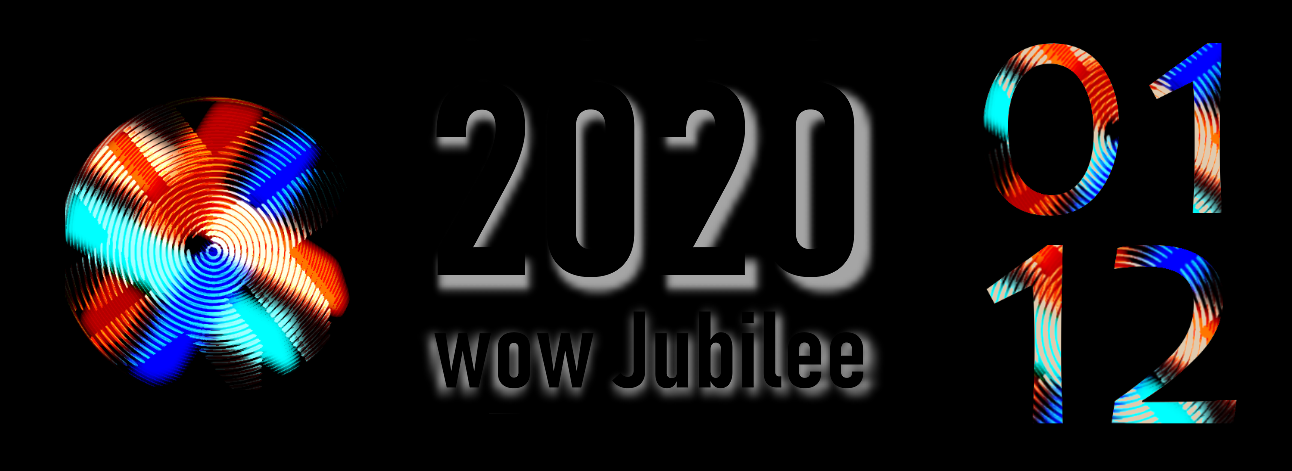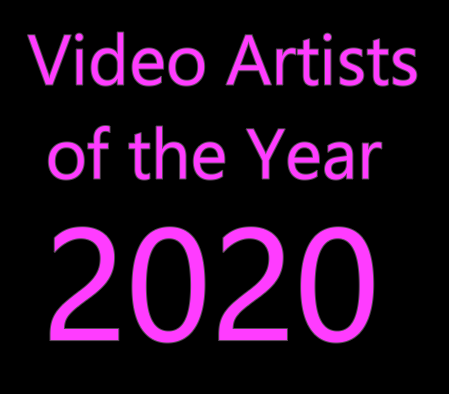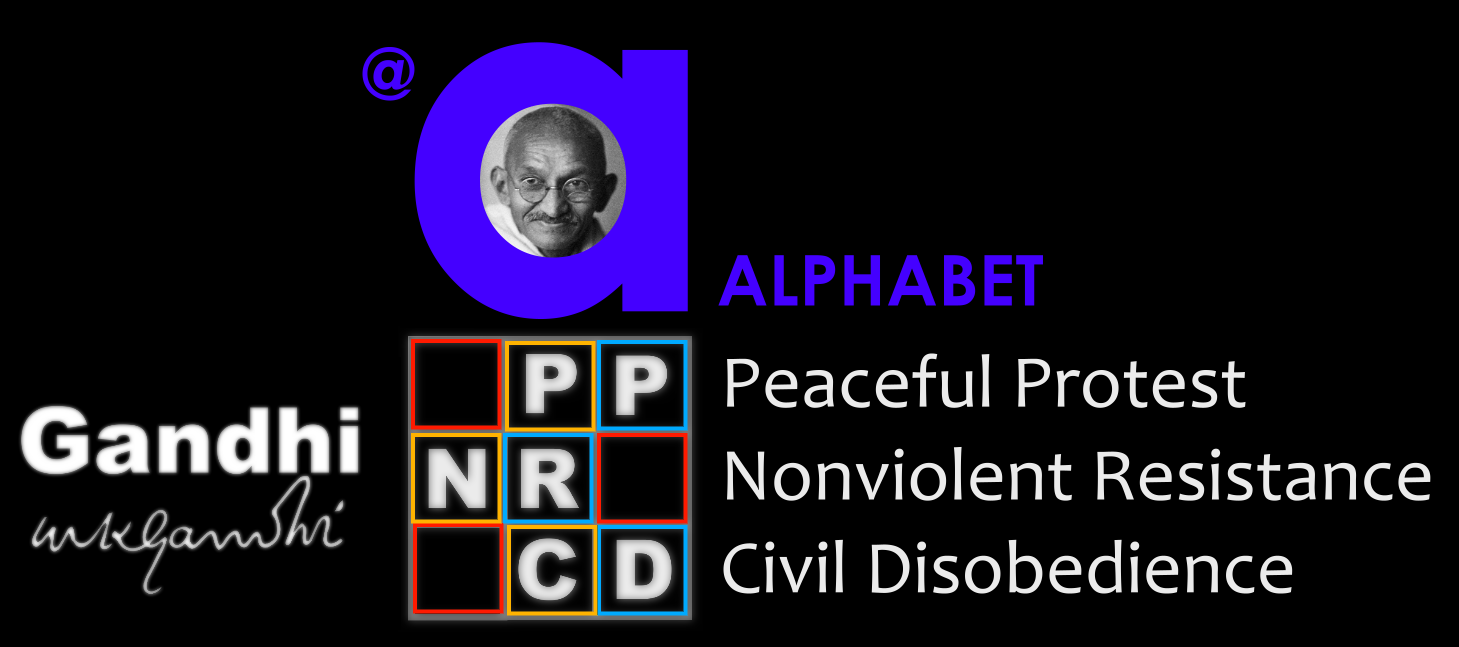
On occasion of the international refugee crisis, Wilfried initiated “The Refugee Film Collection” in 2015 in order to sensitize his artists colleagues for the topic by releasing an open call addressed to audio-visual artists to submit a video reflecting the phenomenon of migrating.
It was surprising, how many submissions were forming the pool for selecting a reasonable number of videos as the basis for a video collection which became later the fundament of – The Refugee Memorial – http://refugee.engad.org
On 7 February 2016, the 1st edition of “The Refugee Film Collection” was released featuring the selected videos streaming online. A year later in 2017, the 2nd edition, in 2018, the 3rd and in 2019 the 4th edition was released, so that at that time more than 120 videos of a duration of minimum 1 minute and max. 60 minutes were forming a unique platform for commemorating.
Already starting in 2016, selections from The Refugee Film Collection were presented on festivals and exhibitions. The following selection was presented in the framework of VideoVortex 11 @ Kochi Muziris Biennial 2016/2017 – WOW.01 / India.
The Refugee Film Collection
curated by Wilfried Agricola de Cologne
Selection 01
http://downloads.nmartproject.net/CologneOFF.2017.India_Program2-Focus.World-2.pdf
streaming
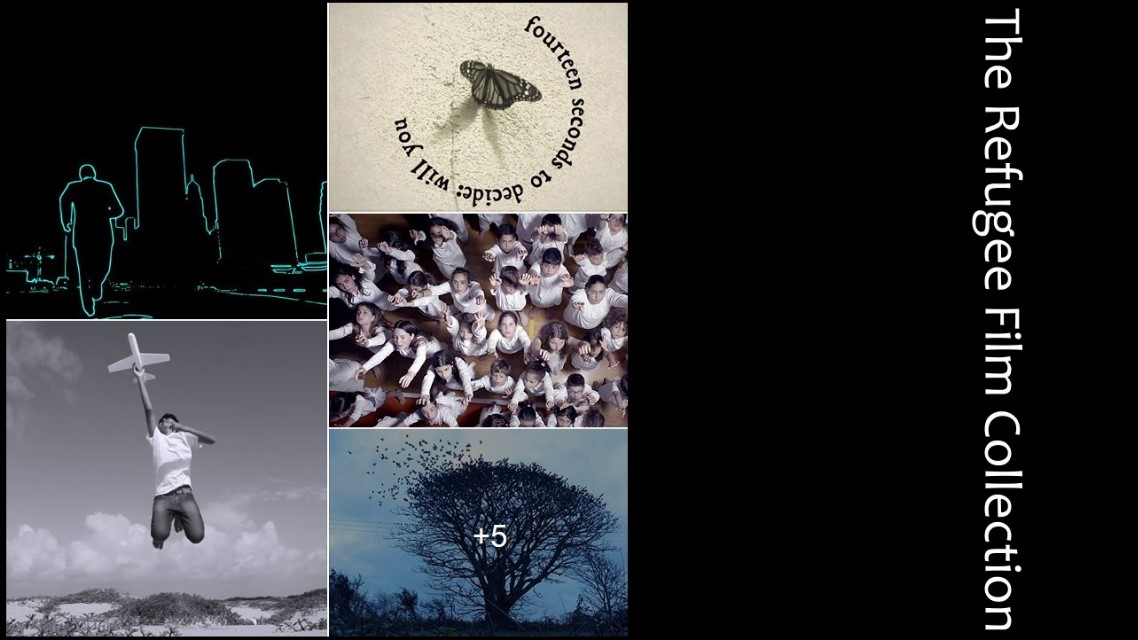
Maria Korporal (Netherlands) – Stay or fly away?, 2015, 0:49
Mauricio Saenz (Mexico) – Flight simulator, 2014, 4:17
Les Riches Douaniers (Gilles Richard & Fabrice Zoll) (France) – The Lonely Migrant, 2011, 16:15
Johannes Christopher Gérard (Germany) – disorientated displacement, 2016, 05:02
Masha Maria Yozefpolsky (Israel) – In Between SiO2, 2016, 10:00
Oksana Chepelyk (Ukraine) – «Letter from Ukraine», 2014, 7:31
Mohamed Thara (Morocco) – As Long As I Can Hold My Breath, 2016, 9:40
Lucija Konda Labas (Croatia) – We are the dogs – Wir sind Hunde, 2016, 1:11
Anna Faroqhi & Haim Peretz (Germany) – Lichtenberg Cleans Up, 2016, 4:34
about “curating”
These selections were again an occasion to discuss, how Wilfried saw himself as a curator. For doing so, one has to go back again to the start 20 years ago, eg. the coma 1998/99 and the loss of his memory. Aftwards, in 2000, when Wilfried begann curating he could neither refer to previous curatorial experiences when had become in 1989 the President of ARCHA Society, a charitable organisation dedicated to the cultural exchange between East and West after the Fall of the Berlin Wall, nor to his divers early studies, among others Art History, Dramatic Art and Journalism at Munich University, but later also the classical study of painting in Amsterdam, which in total had made Wilfried predestined to curate. While during the Presidency at ARCHA Society, Wilfried was acting as a conventional curator of conventional art exhibitions, his “new” curating starting after 2000 was completely different, he simply did it due to its necessity. When he started his Internet based works on 1 January 2000, it was the new working environment of the Internet which was really enforcing him to curate as a result of all the participatory projects, he initiated one after another inviting artists via open calls in Internet to submit and contribute. Thus, curating started already, after the first submissions arrived and Wilfried had to judge these works. Because already in the beginning much more submissions arrived than he could use, he had to select according to certain judging filters. Retrospectively seen, probably Wilfried was using unconsciously previous knowledge, anyway, because the knowledge was not erased from his brain completely, but “only” buried hidden at a secrete place inside.
Because Wilfried initiated one project after another, he recognized soon, that due to different topics and general conditions, he had to evaluate the submissions for each individual project individually according to individual judging filters.
He had to evaluate submmissions in different digital art disciplines, digital image, Internet based art, soundart and since 2004, when the technological conditions were allowing already streaming video online due new bandwidth of Internet connection, also videoart which became in sequence Wilfried’s favourite medium, when he founded in 2004 VideoChannel- curatorial platform for art & moving images and in 2005 CologneOFF – Cologne International Videoart Festival, which both were initiated as online platforms, but CologneOFF was soon developing to a conventional festival under unconventional conditions, because the festival did not have a static festival location, but according to its mobile concept it was realized in cooperation with networking partners, which gave Wilfried that kind of freedom in realizing his unconventional concepts.
Due to the amazing quantity of curatorial projects, Wilfried saw for himself the challenge to create for each project, for each festival edition other criteria for selecting and curating, to approach the different media each time from another direction. He liked particularly the idea of including in his projects invited curators of different disciplines. The provoking concept of curating curators started already in The RRF Project – http://rrf200x.newmediafest.org .
It was his ambition to offer the audience not only his personal view on art, but a diversity of different points of views, in order to activitate also the viewer or online user to become a curator himself. Therefore another criterium for curating was the diversity of artistic concepts und forming the project to be curated through the diversity and not similiarity of artworks. This was a reason why Wilfried had to review the submitted works many times due to different internal selection processes, which made it possible to make the diversity later visible to the audience, at all.
Sometimes people thought this diversity had to be the lack of any curatorial concept, at all, before they were reviewing such curated projects,but after review they were impressed by the image this diversity was generating through a screening, encouraging and motivating the viewer to become active by juxtaposing the videos with each other during a screening and giving them another relevance and meaning in the context of the whole. These ideas were corresponding with the Holistic point of view, one of the previous articles, talking about Wilfried “divisionism” – in the given case of curating, the numerous concepts of artists to be selected according to the Whole (final project) which Wilfried had in mind. This Whole. however wasn’t clearly defined yet, but got its shape only by doing, eg. reviewing and the following curatorial creative processes.
The idea behind this concept was democratizing art in order to get rid from its elitist status. The controversial discussions were Wilfried however motivating to continue these ideas, he was realzing during the years more and more consequently. In the end, Wilfried was thinking his own curating is making sense only when it is juxtaposed with other curators, because only then the audience is getting a more complex view on art and the art creation.
In this way, he saw in the concepts of different curators, by respecting their individuality, for himself a chance to follow more consequently the ideas of encouraging artists rather like a teacher in school. Wilfried did not see any more much sense in declining submissions and applications but motivate artists instead to extend their creativity and create more substantial works than before.
When he was comparing the course of selections at established festivals with his own ones, and faced that the jury of some of them selected just 20 works from more than 2000 submissions in a record time of 2 days which is only possible if the artists to be selected are already confirmed before the selection, Wilfried decided for a counter program in order to bring more progress into art, to give many artists a chance and encourage them. Consequently, he did not care much about including “celebrities”, although a number of the best artists were submitting to Wilfried’s projects as well, but they were selected due to the quality of works, and not because they were buddies of a jury member.
Wilfried was always following “Quality”, according to his own subjective point of view – quality of an artwork , quality of his own project (according to his own concepts), quality of artistic and curatorial concepts as the main criterium for curating, but neither the social status, nor gender, age or professional connections of the artists or curators he was curating. He had never the ambition to dominate and dictate, he was not striving for power, he sees himsself as a mediator between the artists and the audience.
After the coma 1998/99, and conquering a new life starting on 1 January 2000, the social aspect related to art had a particular relevance. He created his social network consisting of artists, curators and other cultural instances, and recognized himself following his holistic point of view as part of the Whole, he liked this position as a “primus inter pares”. Wilfried was facing his curating as his individual artistic expression, and as such as social art, compared with his individual artworking as a videoartist, for instance.
So, his motivations for curating were fundamentally different, than those of usual curators who get a position at a museum curator after studying history of art. Although he was several times invited to enter such a position, also the position of a teacher at an university, he never found this idea worthwhile. He wanted to form his world according to his creativity, which such corporative positions do not allow.




